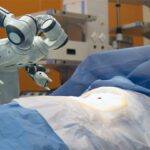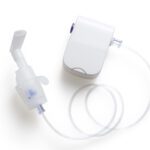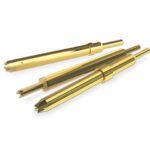Industry in Transition: The Pandemic Inspires Changes Across Technologies and Supply Chains
Distributors have a bird’s-eye view of the complex supply chains that serve the global electronics industry. When the COVID-19 crisis began in China, distributors were among the first to identify the vast impact the pandemic would have on the many markets that depend on the region’s manufacturing capabilities. We spoke with Allied Electronics & Automation to learn more about what happened and, more importantly, what happens next.
The COVID-19 pandemic has revealed the risks that come with centering the majority of manufacturing in a single region. Beginning with supply chain disruptions that extended to delays in manufacturing key medical equipment, the world has experienced a worst-case scenario for public health, business disruption, and economic stability. The electronics industry has been central to this experience, and distributors in particular have been tasked with the challenge of locating and supplying the components needed to manufacture ventilators and other life-saving products. Allied Electronics & Automation, which is based in the Americas, and its sister company, the UK-based RS Components, have leveraged relationships with more than 600 suppliers and manufacturers the companies partner with to help keep supply chains moving, workers safe, and new technologies evolving.

We talked to Cameron Ward, senior vice president of Allied, to learn why many distributors believe that medical electronics are at the heart of the next wave of industry-wide changes.
What types of medical devices are driving demand for components right now?
I think it’s no surprise, but obviously, with the pandemic, a lot of demand is for ventilators and all of the other medical equipment that’s used in that space.
So manufacturers are still building more of these machines, even after the rush in the spring?
Yes. There was definitely an immediate spike in demand, but it’s leveling off as the supply chain catches up. Lead times for certain components impacted the production timeline. In terms of a drop-off in demand, I don’t think we’re going to see that for a while, for a couple of reasons. One, as governments and other organizations put more money into building medical programs around COVID-19 pandemic support, there will be an adoption of newer technology. However, the speed of adoption is obviously impacted by design cycles, FDA regulations, and other government approvals, which takes time. What’s also happening is that existing technologies are being reviewed to identify and support efforts that can safely extend the life of legacy products.

Cameron Ward, Senior Vice President, Allied Electronics & Automation
So we’re not just building ventilators, we’re innovating better ventilators on a rolling basis?
Absolutely. I think a lot of innovation came out of this. There are all kinds of stories about people building makeshift ventilators, which are obviously not approved products. But a lot of organizations are pushing innovators to design and build low-cost, effective solutions. We still have to manage the regulations and make sure that this is a life-saving device — you just can’t take a vacuum cleaner, put a nozzle on it, and hope it works. There’s a real spirit of entrepreneurialism that has come out of this, though. You can see it with companies that are now making protective equipment, masks, and other things outside of their typical focus. They’re evolving to meet immediate needs. I think we’re going to continue seeing that across the technology space.
What types of components are going into this equipment?
We’re seeing strong demand in the interconnect and cable assembly areas. All of the devices involved in patient care need some sort of physical connectivity. In addition to passive components, they’re still using a lot of mechanics in these devices. We’re able to service that need too, because of our position as a broad, high-level distribution company. Where it’s going next, though, is down the path of Industrial Internet of Things (IIoT) technology, where these machines incorporate the next level of connectivity and data flow. Medical devices are getting smarter. They’re able to provide practitioners with more data to make better decisions. IIoT connectivity embedded into medical devices is going to become more and more prevalent in the future.
As the engineering community creates new solutions in response to the pandemic, are customers asking for capabilities that don’t yet exist in components? Do you collaborate with your suppliers to design products that serve future technologies?
In our DesignSpark engineering community, which has more than a million active members, engineers ask and collaborate on responses to these types of questions. We get a lot of data directly from end users — designers, makers, engineers, as well as from our suppliers, so we can anticipate the type of new product introductions (NPI) our customers need and are asking for, and work very closely to validate this with our the supply base. We spend a lot of time training with the suppliers to understand their products and product roadmaps, which we then try to connect to the customer to make sure they’re getting the best product they can for their design.
About 10 years ago, we observed that we had been getting more and more technical requests — people saying, ‘Hey, I’m working on this particular design, what could you recommend?’ and so DesignSpark was born out of necessity. We provide a lot of content and data so engineers can make decisions very quickly. That has evolved into tools and services that enable engineers to start proving concepts and collaborate and validate them within the community or through their own closed networks. We now offer more services around software, including free CAD design tools that allow people to come in, use the software, and then have the fulfillment done through our business. Hundreds of products that were designed through DesignSpark and RS/Allied have gone on to be commercially successful.
RS recently released a series of pandemic-centric medical products: personal protective equipment (PPE), safety signage, contactless thermometers, and sanitation products. These aren’t electronic components — what’s the story behind these packages?
Allied was identified as an essential business during the shutdown and we sell to a lot of essential businesses. We needed to support our customers and help keep their businesses open by providing these products for their workers’ safety. As a medical components distributor, we are highly attuned to issues related to counterfeiting and we were aware that thousands of non-certified manufacturers were dumping counterfeit PPE products into the marketplace. We were approached by companies offering to sell us N95 masks, three-ply, you name it. But that was never going to be something we would compromise on, in terms of buying it from an unauthorized vendor. We have a rigorous process of vendor validation and qualification and we already had relationships with certified PPE suppliers, which put us in a much different position than a lot of distributors. We have always sold PPE, just not at this scale. We were able to react very quickly, because we had authorized/franchised supply chains already in place.
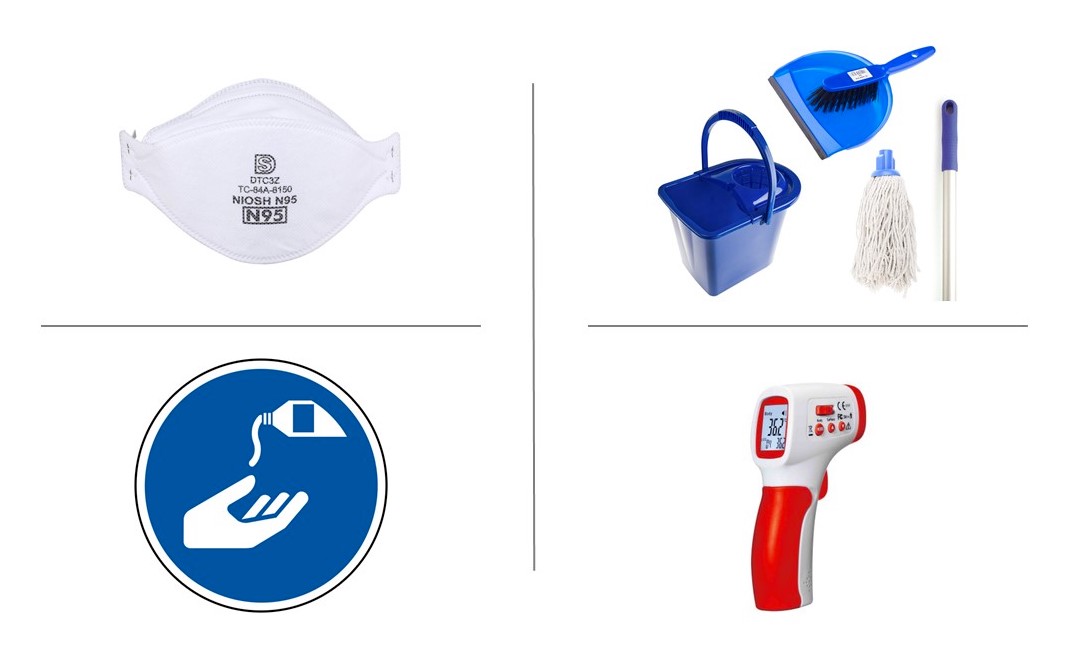
Protective equipment and sanitation supplies help businesses maintain a healthy workforce in the midst of a pandemic. Allied Electronics/RS Components offer these products in addition to electronics to support their customers.
Let’s talk about counterfeit components. This is something that the medical components industry has been fighting a long time. How does RS/Allied detect and deflect that material from entering the supply chain?
We only buy from authorized manufacturers. If we don’t have the relationship, or franchise relationship, then we won’t buy the product. We don’t buy through independents. We don’t buy through other distributors. We always get product that has been validated and confirmed by the supplier themselves. We’ve had situations in which the direct manufacturer wasn’t able to fulfill an order and asked us to go buy from a specific distributor, but we have all that in writing and authorized by the manufacturer and we validate authenticity before moving forward. We have very robust supply chain processes with all of our supply base to be certain that we know exactly where our products are coming from and this is not something we will ever compromise on.
Supply chain disruptions have been an issue throughout this pandemic, and even before. How do you keep things flowing?
We’re a global company. Allied is the Americas business and we work very closely with our sister company in the UK, RS Components. There’s a lot of collaboration across what we call cognitive supply chain solutions and processes to make sure we don’t run out of product. We have procurement and supply chain organizations in Europe, Asia Pacific, and North America. A tremendous amount of collaboration goes across the three teams globally to make sure that we have the right level of inventory based on demand. COVID, the US-China trade war, and Brexit obviously have caused hiccups in the supply chain. But for the most part, we’ve done very well, because of the relationships that we have with suppliers. We have a very transparent means of communicating, sharing, and forecasting with vendors, and we’re seeing what they are seeing in terms of increased demand. We take a lot of data from different points to make decisions.
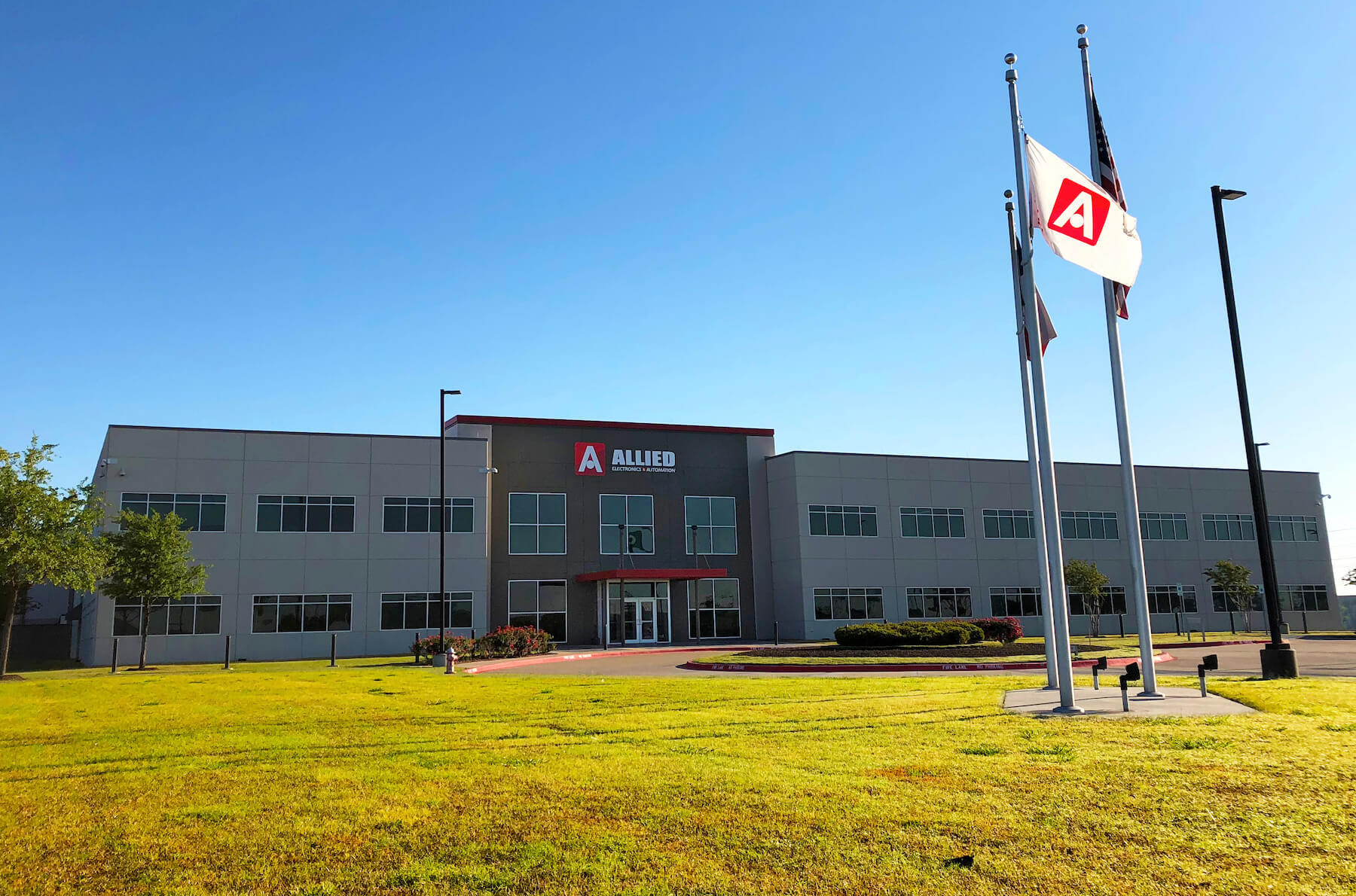
One of the lessons we’ve learned from the many challenges brought about by this pandemic is that having all of our eggs in one basket is dangerous. Are you seeing companies move their manufacturing out of China, or add facilities in other parts of the world, to protect their supply chain by having multiple distribution points?
Yes, absolutely. Obviously, manufacturing moved to China because of the labor costs and incentives offered by the government to move into the region. Over time, we saw labor costs increase, but it’s still a lot cheaper than using somebody who lives in the US or in Europe, so it was still a much better proposition to continue to manufacture there. When the trade wars and the tariffs came into play, that became a catalyst for moving to other low-cost regions or North America. The pandemic definitely accelerated this process, as businesses quickly realized the risks involved with being so far away from your supply chain or manufacturing. When COVID-19 hit there was simply no supply coming out of that region for many weeks.
Until the tariff wars are resolved, it’s still costing a lot of money to bring in products from China. That alone is actually creating opportunities for Eastern European, Mexican, and Canadian contract manufacturers. You can do some sort of final assembly or value-added service in these regions, which basically negates the tariffs. It’s very costly to make that transition, and it’s not going to happen overnight because they’ve invested in infrastructure and facilities in China. But now you’ve got Vietnam, Philippines, Malaysia, Thailand, and other countries in Asia with very strong manufacturing capabilities and low labor costs that are starting to pull business out of China, which is creating new distribution and supply chain opportunities.
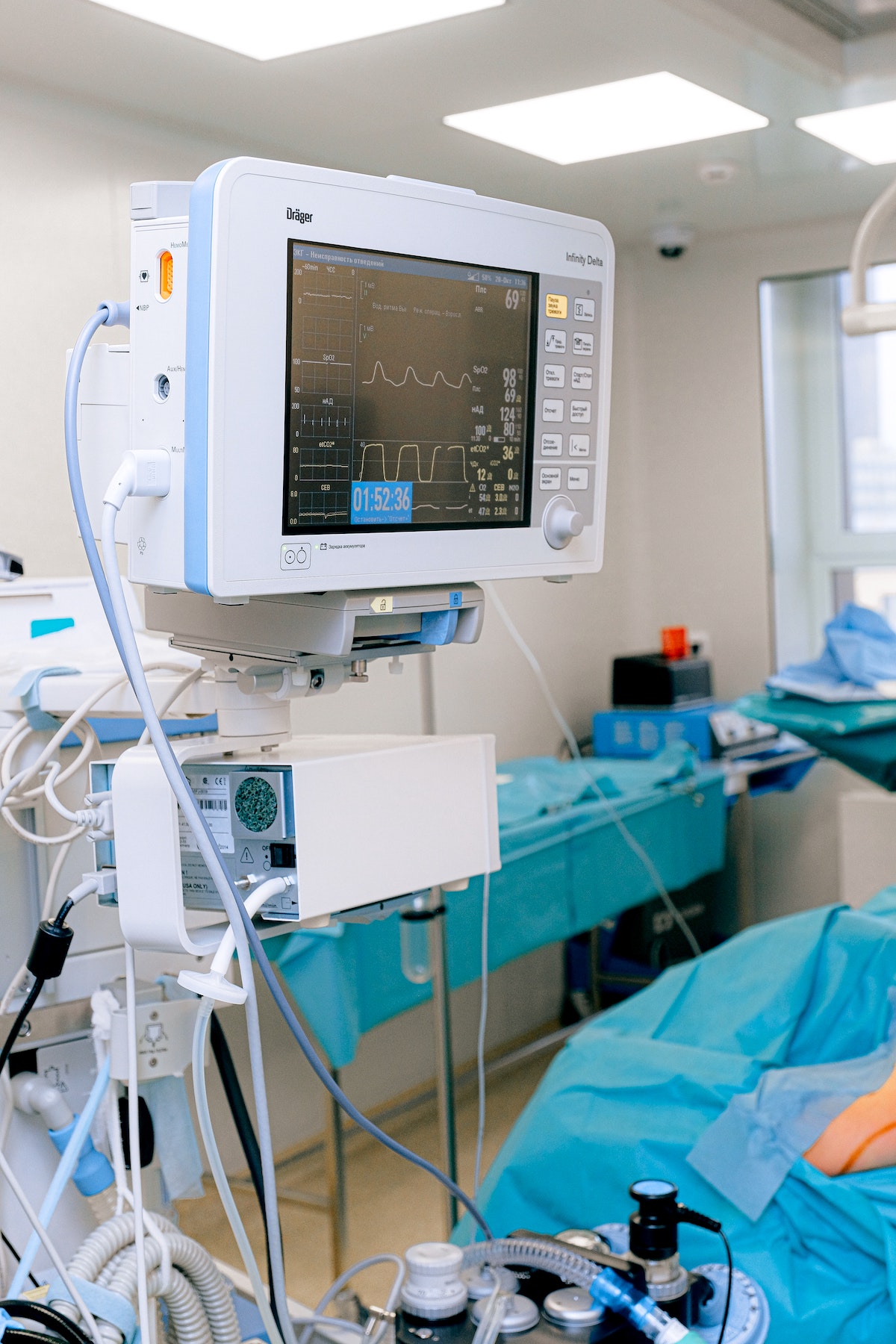
Medical equipment is increasingly connected to the Internet of Things.
Because medical products have been such a critical part of the pandemic experience, do you see the companies that supply them making the first moves to change their manufacturing centers?
I think you’re going to see legislation and governments push for an increase in manufacturing of certain PPE and other medical devices, products, and materials to be manufactured locally in region (as opposed to a low-cost region). There will be a shift in the percentage of manufacturers that will come back into region, because if we have another pandemic and you’ve got certain countries refusing or not able to ship critical products and supplies, that’s really bad and directly impacts our economy. Because of this, you’ll see distribution playing a much more strategic role in in the supply chain going forward.
Medical components have that life-or-death level of importance. Do you think other markets are going to move to a higher-cost manufacturing region?
Obviously, medical is at the forefront of what we’re trying to do right now. Pharmaceuticals will be important, and I think a lot of technologies will start to emerge in other medical areas, like mental health. And we’re starting to see smart devices across pretty much every type of market and segment, as safety and security extend well beyond the confines of medical devices and components and into the broader IoT ecosystem. A malfunctioning smart appliance could cause a fire in the home, a hacked interactive speaker could reveal when someone is home or on vacation, and an artificial intelligence (AI)-driven irrigation system with a poor data feed can destroy tens or hundreds of thousands of dollars of crops. All that is to say that reliable sensing, data flow, and AI are all directly tied to durable, high-quality hardware components.
Visit Allied Electronics’ medical devices and pharmaceutical components hub.
Like this article? Check out our other innovation, distribution, and market update articles, our Medical Market Page, and our 2020 and 2019 Article Archives.
- Where in the World is Amphenol LTW’s Luc Kan? - April 23, 2024
- TE Connectivity’s Sustainability Efforts Pay Off - April 23, 2024
- What is a VGA Connector? - April 23, 2024
